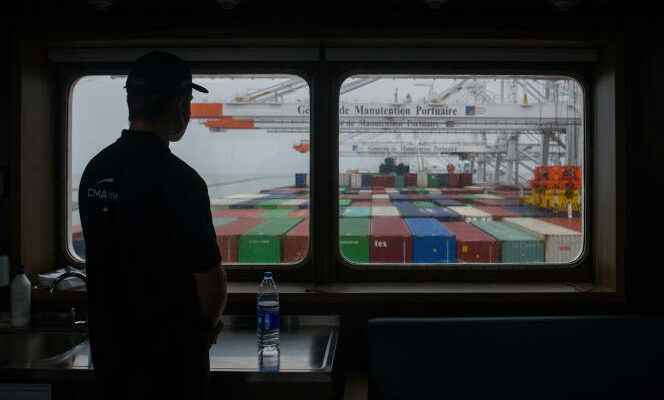The surge in energy prices that occurred in the first half of the year, which drove up inflation and complicated the end of the month, also deteriorated France’s trade accounts. Over the first six months of 2022, the latter saw its imports – inflated by the rise in oil and gas prices – increase by 26% compared to the second half of 2019. They reached a total of 356 billion euros , according to figures published on Friday August 5 by the General Directorate of Customs and the Banque de France.
Although in a rebound phase since the low point reached in 2020, the increase in exports, which do not benefit from the same “price effect”, does not offset this additional cost. They grew by 13%, twice less than imports, to reach 285 billion euros. So much so that the deficit in trade in goods amounts to 71 billion euros over one semester, against 51 billion in the second half of 2021 and 84 billion over the whole of the past year.
The rise in energy prices alone increases the deficit by more than twenty billion. The energy bill, in fact, went from 27 billion euros in the second half of 2021 to 48 billion in the first half of 2022. But, tempers the executive, France is not the only one to suffer this collateral effect of the rising energy prices. “In a world very disturbed since the aggression of Ukraine by Russia, France is experiencing the same fate as the main countries of the European Union”, argues Olivier Becht, Minister Delegate to the Minister for Europe and Foreign Affairs, in charge of foreign trade, attractiveness and French people living abroad. ” All have seen their trade balance deteriorate since the start of 2022 due to the explosion in energy prices. »
“Structural Problems”
The ministry prefers to highlight the resilience of certain export sectors and the renewed dynamism of tricolor trade, after the slump due to Covid-19. Excluding energy and military equipment, he argues, the trade balance would improve ” slightly “. A few sectors have experienced strong export growth since the end of 2019, including agri-food (+ 25%), textiles (+ 26%), cosmetics and perfumes (+ 22%).
However, the two locomotives of French exports are lagging behind: aeronautics, still down by a good third compared to the pre-crisis period (–34%) and, to a lesser extent, automotive (– 8%). Another notable development, and perhaps a sign of a reorganization of value chains on a global scale, is that the country’s European partners and customers are contributing the most to the increase in its exports.
You have 52.35% of this article left to read. The following is for subscribers only.
